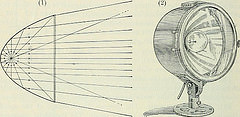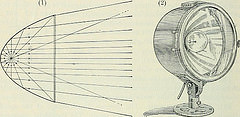Extract colors from black color- a physics science fair project

We all know that white colour/light is composed of many colours. When white light hits a surface, some colours or light waves of a particular wavelength are absorbed and the remaining colours are reflected back. The colour of the material will be determined by the colours which are reflected back. Then there arises a question that how we see black object. When all the colours are absorbed by the black object, no light waves will be reflected and thus we see the black object. This also means that there will be lot of colours inside the black colour, in fact almost all the colours. Let us see some of the colours.
Materials Required:
1.A mug
2.A white filter paper
3.A black marker (Permanent marker cannot be used)
4.A white paper
5.A pair of scissors
Procedure of the experiment:
1.At first, cut a strip of the filter paper in such a way that it can be rolled and placed inside the cup along the walls of the cup. (The top portion of the roll should reach at least to the rim of the cup).
2.At 1 inch from the bottom of the paper, draw a line using the marker.
3.Put some enough water to the cup to cover the bottom.
4.Place the filter paper inside the cup after rolling the paper.
The water will slowly creep up the filter and will reach the black line. As soon as the water touches the black line, you can see different colours.
Till the colours reach all the way up to the top of the paper, leave the paper for some time.
Scientific Explanation:
Coloured pigments and water are the main ingredients used in the inks of most non permanent markers. If we draw a line on the paper, the pigments will be carried by the water present in the marker and the pigments will stay on to the paper when the water dries up.
The dried pigments will dissolve when we make a mark on the filter paper and dip in water. The pigments will be carried along with it when the water travels up the paper. Some pigments will travel farther and faster than others. The travelling speed of the pigment depends on the size of the pigment molecule and on how strongly the pigment is attracted to the paper. The black ink separates to reveal the colours that were mixed to make it since the water carries the different pigments at different rates.
By,
Mejason John.
Mejason John specialises in physics science fair projects but writes about all science fair projects in general.
